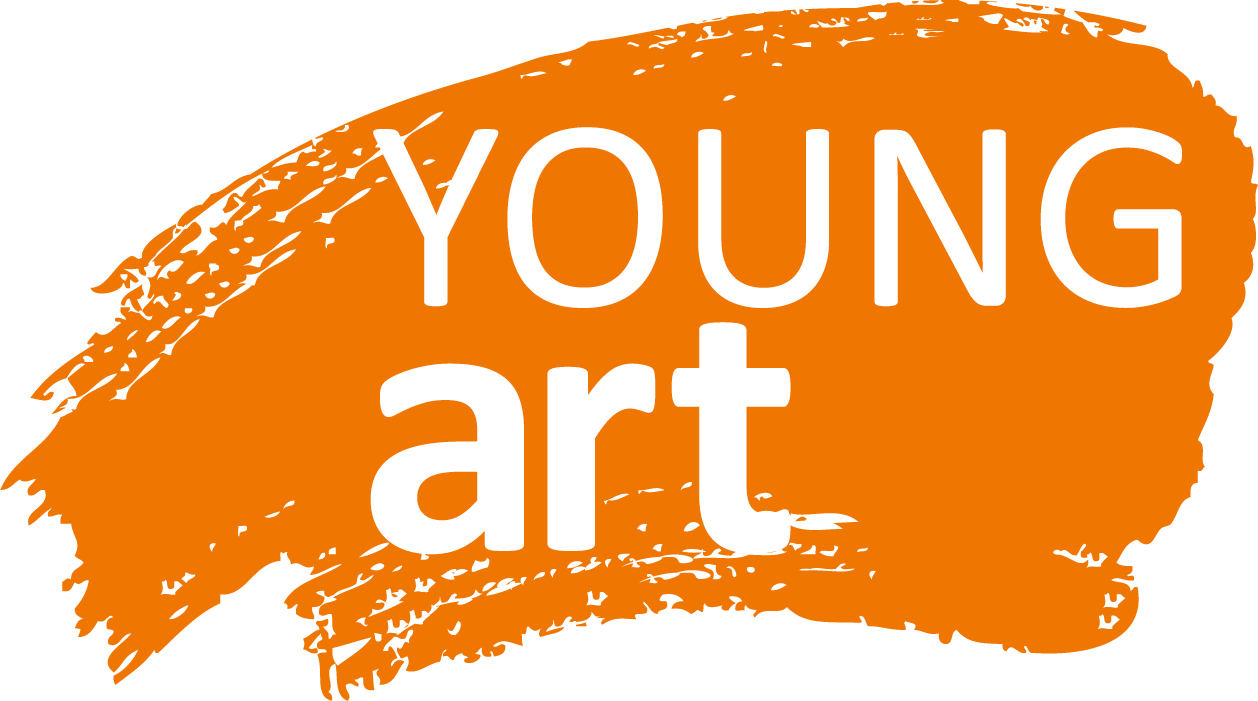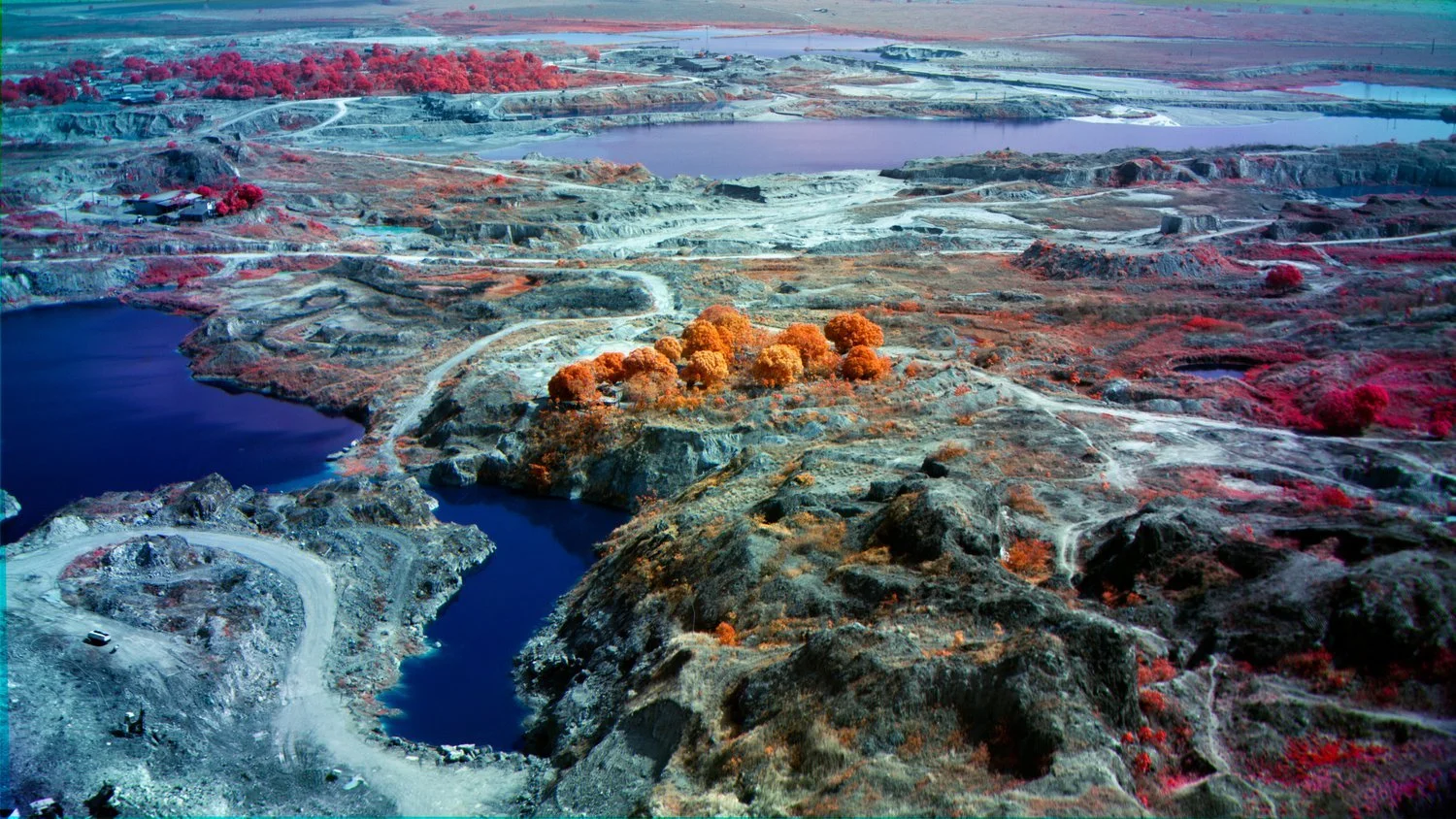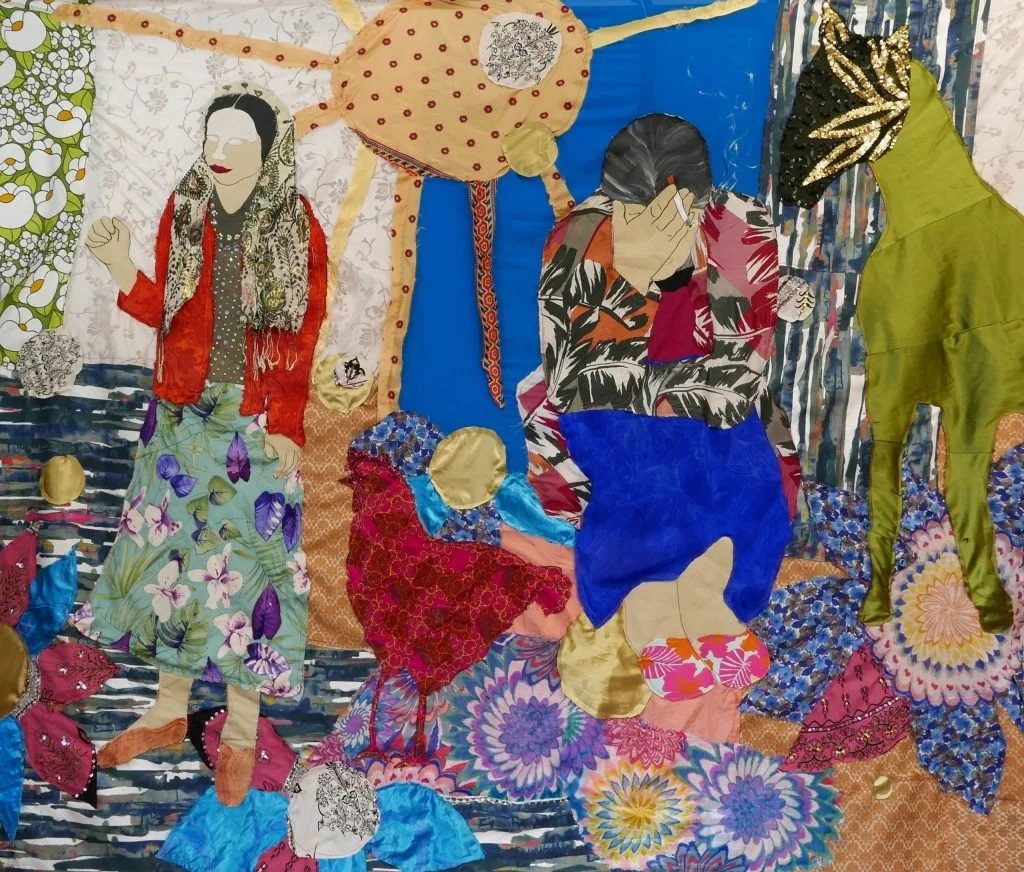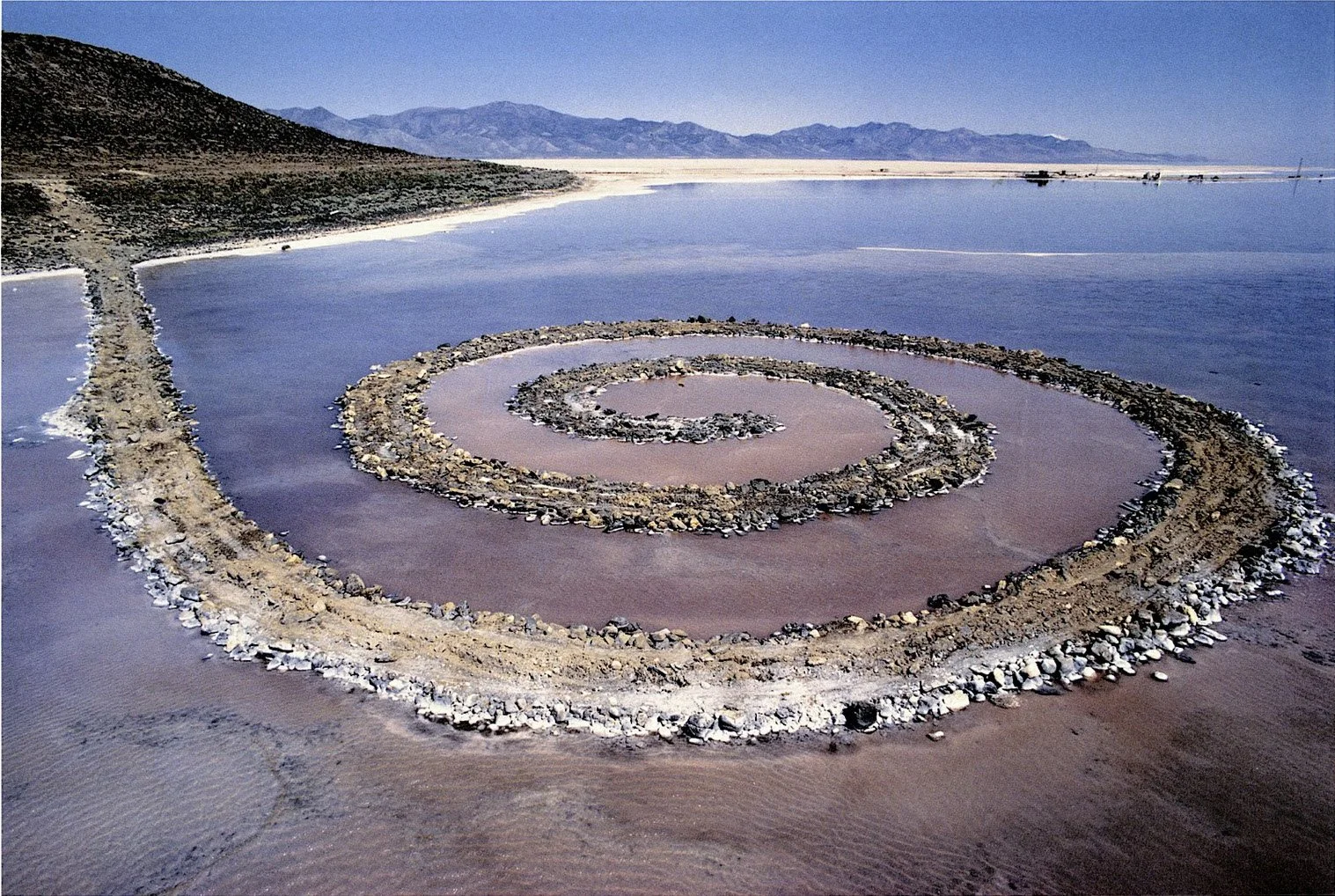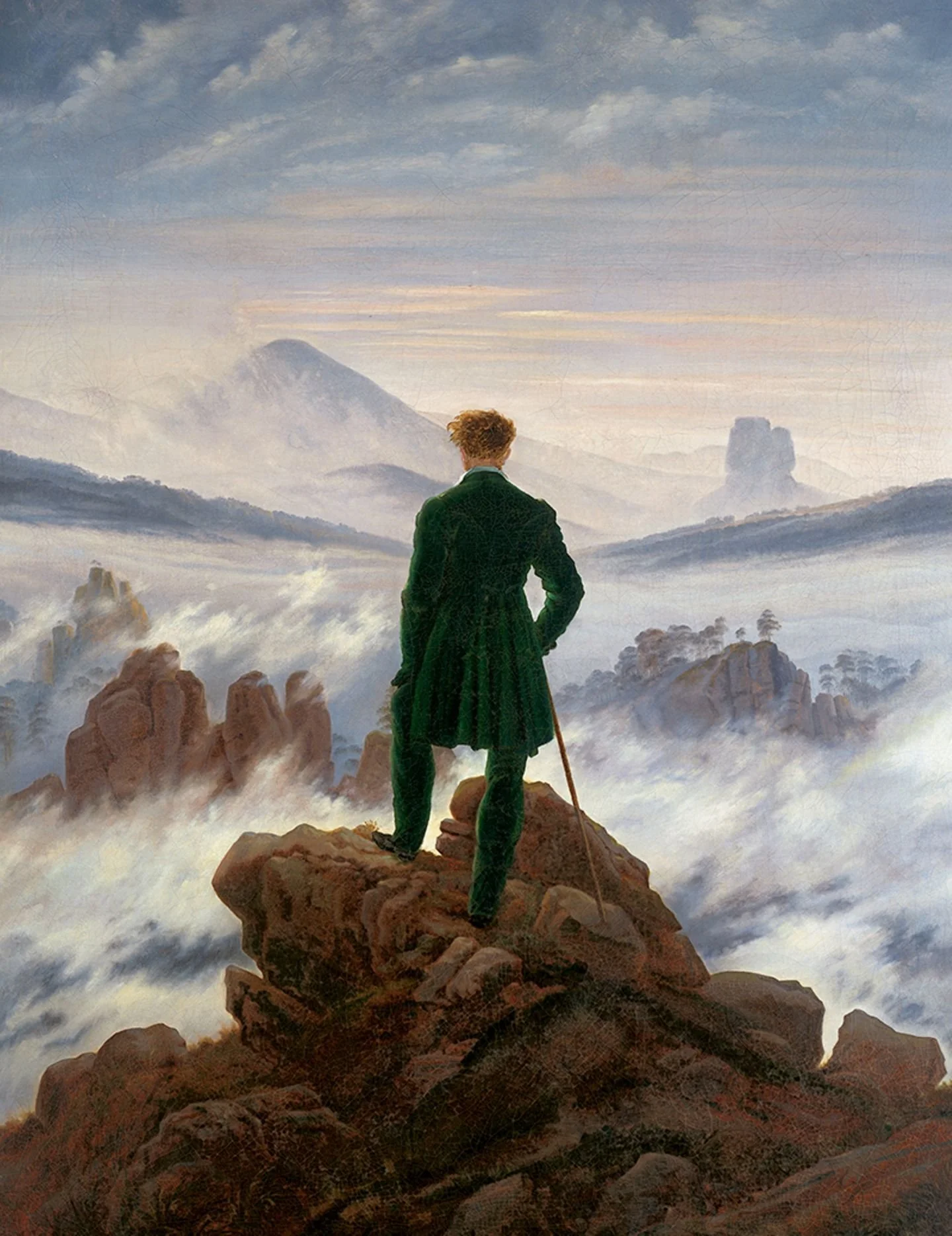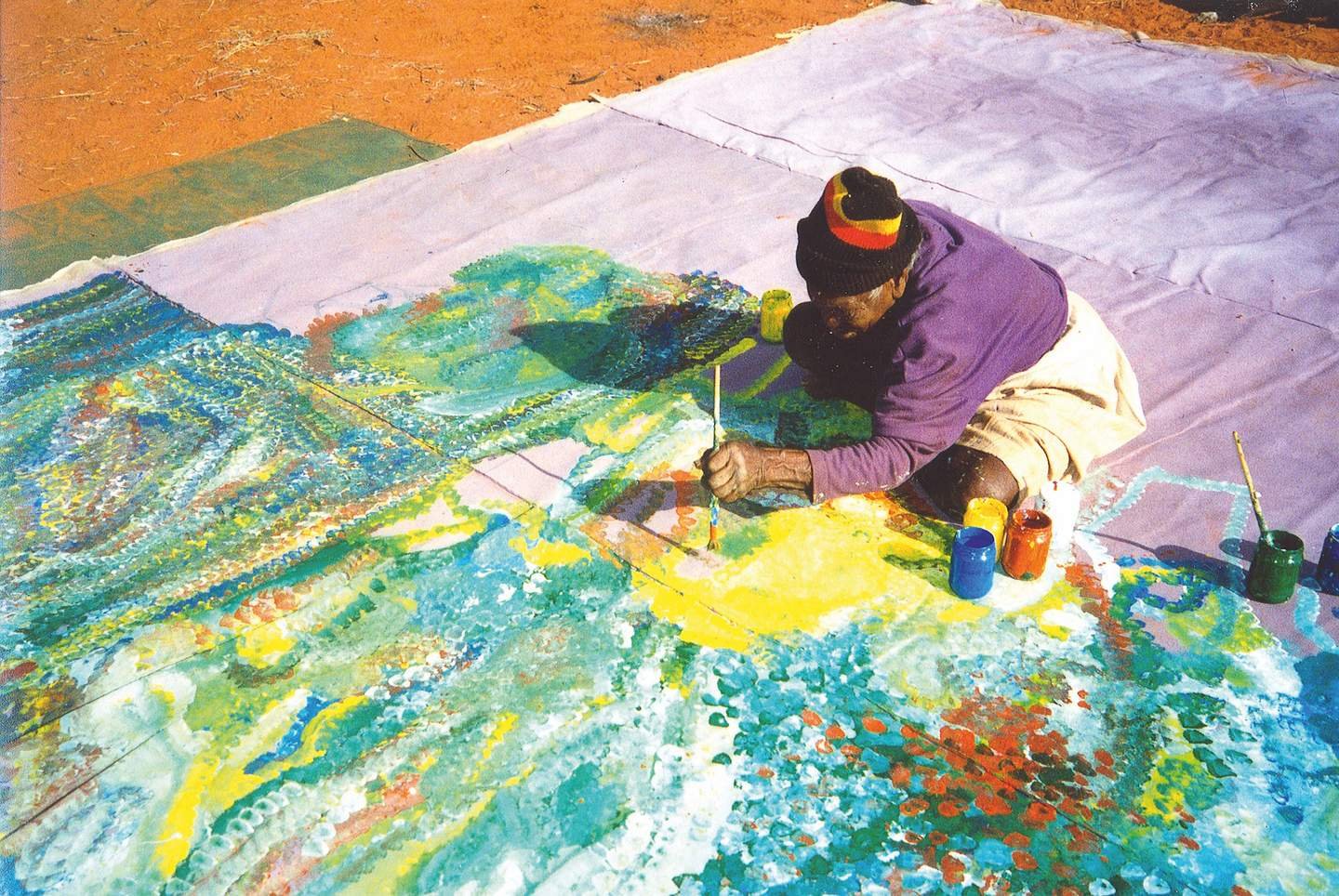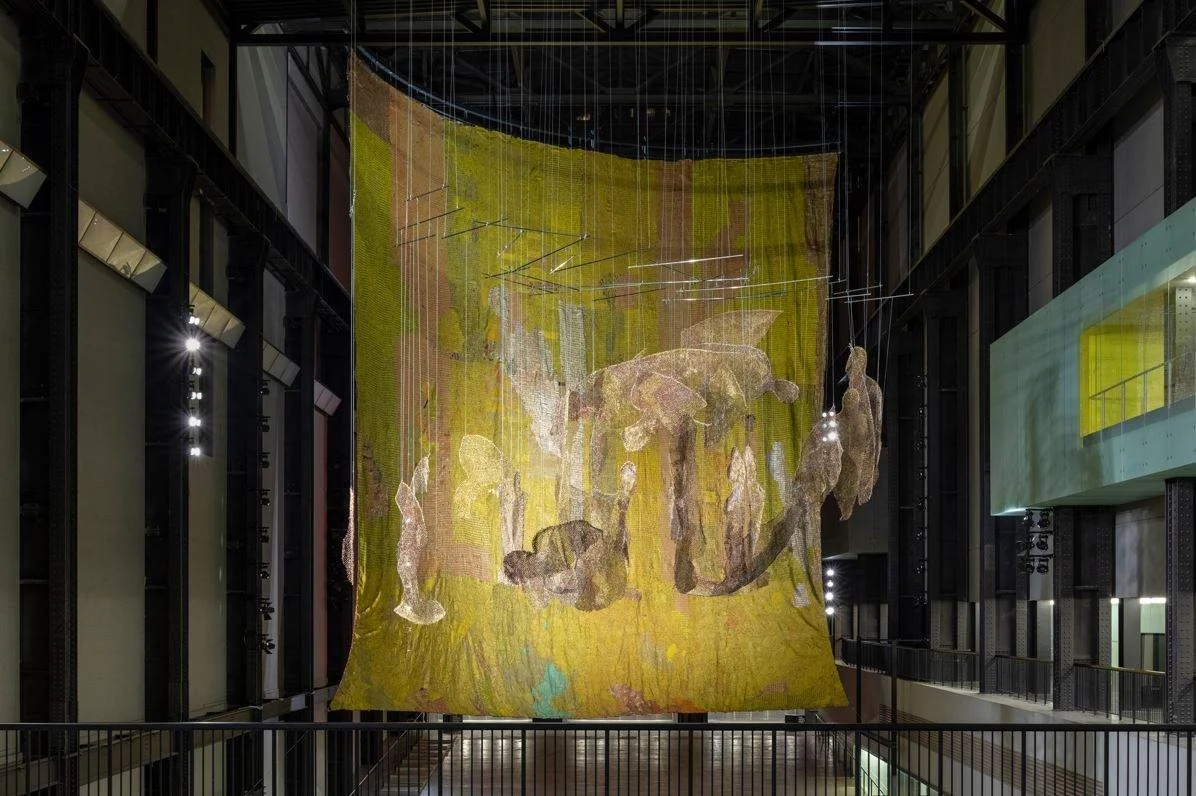
Our Living World
Welcome to the next Young Art exhibition at the Royal College of Art!
We are very excited to announce this year's theme 'Our Living World'. We need all your fabulous entries by Friday 19th January 2024 and look forward to seeing you and the exhibition from 23rd - 25th April 2024.
We're all thinking more and more about the ecological crisis that we have all inherited and are contributing to. We want this theme to be a way of looking closer at how wonderful our world is as well as trying to think of creative ways of how we can make it more beautiful and save it as best we can in our climate crisis.
Below, we've put together some ideas of artists who might inspire you on this theme as well as some upcoming exhibitions and places that would be great to draw in front of and discover!
Tacita Dean working on 'The Montafon Letter' Los Angeles, 2017 /Photo © Courtesy the artist; Frith Street Gallery, London and Marian Goodman Gallery, New York and Paris.
Ideas to Inspire Our Living World
Think about scale with your work and what materials you can use, Dean is working with chalk on a giant blackboard. Here Dean depicts an avalanche from 17th Century Austria. She is motivated often by not knowing where her work will go, trusting in 'unconscious guiding forces.' Take your painting on a journey and see where it ends up, trust your instincts and intuition when you're working, your work doesn't have to be a literal rendering of what you're looking at, try and express your emotions about the scene you're depicting through your mark-making.
‘The Paradise Edict’, 2019, oil on lubugo bark cloth, 220 × 420 cm. Joyner/Giuffrida Collection. Photo: Theo Christelis. © Michael Armitage
Influences and References
Michael Armitage spent much of his childhood in Kenya which is 'the grounding locale' of his luminous yet opaque paintings, but he merges this with a range of other sources – the East African artists he encountered in his youth; European greats such as Gauguin, Goya and Titian; mythology, rumour and contemporary political events... Think about what your influences and references are and how they might all be combined somehow to create your own unique imagining of our living world.
A Bigger Grand Canyon © David Hockney 1998
Colour and Line
From his native Yorkshire to this the Grand Canyon, Hockney has depicted different kinds of landscape throughout his long career, his technique ranging from the very detailed and representational to the much looser, bolder landscapes like the painting above.
The colours Hockney had used are much bolder and brighter than one might encounter in front of the Canyon, think about your colours and lines and how you would like your world to look through your eyes. Hockney has also used a grid across the image, perhaps creating a grid and recording it will allow your paintings to incorporate different angles and perspectives.
Still from Broken Spectre, 2022, five channel 4K video with 20.4 surround sound. Courtesy of the artist, Jack Shainman Gallery, New York and carlier | gebauer, Berlin/Madrid. © Richard Mosse.
Where can you see environmental damage?
What does damage to the environment actually look like at different angles and perspectives? Richard Mosse captures deranged deforestation from the air, in this case in the Amazon, within the trees and at a micro-scale, vast swathes of jungle wiped out. Mosse uses an especially made multispectral camera – allowing the devastated land beneath to be captured in an array of enhanced colours at different wavelengths, directions and speeds. Where can you see the world being damaged and affected by climate change, can you try and depict it or think of ways of creating dream solutions with your image making?
Małgorzata Mirga-Tas, Re-enchanting the World, exhibition view, Polish Pavilion at the Biennale Arte 2022. Photo: Daniel Rumiancew. Images courtesy Zachęta — National Gallery of Art
Communities
Think about communities that you don't often see in paintings, why might this be and how can you help make underrepresented people and places more visible? Perhaps you feel you don't see your own communities in museums?
Mirga-Tas has reimagined 500-year old frescos at Palazzo Schifanoia in Ferrara, Italy with the history of her own people as a Polish based Roma artist, herself a representative of the Roma, a community almost entirely absent from Western art. From depictions of Roma migrations across Europe to appropriating some image of Roma people that did make it into art history: disparaging images made by printmaker Jacques Callot in the 17th century, she transforms these into truthful and poignant celebrations of the nomadic Romanis’ diasporic history. The materials are made of reused garments she gathered with the help of family members and women in her community of Czarna Góra. “We have had to deal with stereotypes about what Roma artists are and where Roma artists are entitled to display their work,” Warcaw said at the unveiling. “This is about pride in the concept of being a Roma human being.”
Gianfranco Gorgoni, “From the portfolio Smithson’s Spiral Jetty Photographs, 1970-2014,” 1970, digital print, 13 x 17 in. Photo © Estate of Gianfranco Gorgoni. Art © Holt/Smithson Foundation and Dia Art Foundation / VAGA at Artist Rights Society (ARS) NY
Art in Nature
Land Art was an important movement in the 60s and 70s where artists wanted to experiment by making work in and with the tools of nature, often emphasising its precariousness. Robert Smithson made this Spiral Jetty out of rock, deliberately choosing a site with this incredible Red Sea. It changes depending on the environment and conditions around it, sometimes completely submerged by the sea. Try making some art in nature when you next go on a walk, look at Andy Goldsworthy and Richard Long both of whom's work is less monumental but speaks of nature's ephemerality. Take photos to document the work before it disappears or simply remember what you made.
Caspar David Friedrich, Wanderer above the Sea of Fog 1818.
Witnessing Nature
Casper David Friedrich helped lead the Romanticism movement. Often depicting human figures looking at awe-inspired landscapes with dramatic lighting effects. What scenes of life in the world inspire you to draw and paint? What sort of figure could be witnessing this beauty or perhaps disaster?
Emily Kngwarreye paints Earth's Creation.
Abstraction
Some paintings can appear abstract, can tell stories only internal to you and perhaps only truly understood to others from your heritage...Kngwarreye was introduced to acrylic paints when she was in her late 70s and painted about 1 painting a day (3,000) until she died 8 years later. Although the paintings might look similar to abstract expressionists like Pollock she belonged to the Anmatyerre people, one of the 500 different language groups of Aboriginal or Torres Strait Islander nations. Kngwarreye was an Anmatyrerre elder and custodian of women’s Dreaming sites in Alhalkere in the Utopia region.
"Her painting practice was the artistic expression of this role, containing stories that only those who have been initiated through Anmatyerre ceremony can know. For non-indigenous people, we might understand the Dreaming as the story of the interrelationship between Aboriginal and Torres Strait Islander ancestral spirits, people, animals, plants and the land. Each person and his or her life is part of the Dreaming. It is not based on a chronology but is continuous and ever-present – being created now and incorporating the future." (Tamsin Hong,Tate Modern).
Exhibitions to Inspire you
There are so many incredible places for you to visit to get inspiration! Go to the Tate Modern and take in both the Guston (until 25th February 2024) and the El Anatsui commission in the Turbine Hall (free.)
Philip Guston The Line 1978 Promised gift of Musa Guston Mayer to The Metropolitan Museum of Art, New York © The Estate of Philip Guston, courtesy Hauser & Wirth
Philip Guston
Guston often took inspiration from the nightmarish and often mundane world around him to create new and surprising imagery. Go and see the Guston and find some of the everyday life objects that Guston transforms into powerful symbols that talk of the political situation in the world as well as his life. What objects that surround you in life can you turn into powerful symbols that speak of your living world?
Hyundai Commission: El Anatsui: Behind the Red Moon, Installation View, Photo ©Tate (Joe Humphrys)
El Anatsui Hyundai Commission
The Moon, the Sale, the Wave are seen if you're far away, but close up El Anatsui’s Behind the Red Moon is clearly made of thousands of metal bottle tops and fragments. Crumpling, crushing, and stitching them into different compositions, large panels are pieced together to form massive abstract fields of colour, shape and line. The commission builds on Anatsui’s interest in histories of encounter and the migration of goods and people during the transatlantic slave trade. Sourced in Nigeria, the liquor bottle tops used in this commission form part of a present-day industry built on colonial trade routes. What materials that you might normally throw away can you incorporate and give new life into your work?
